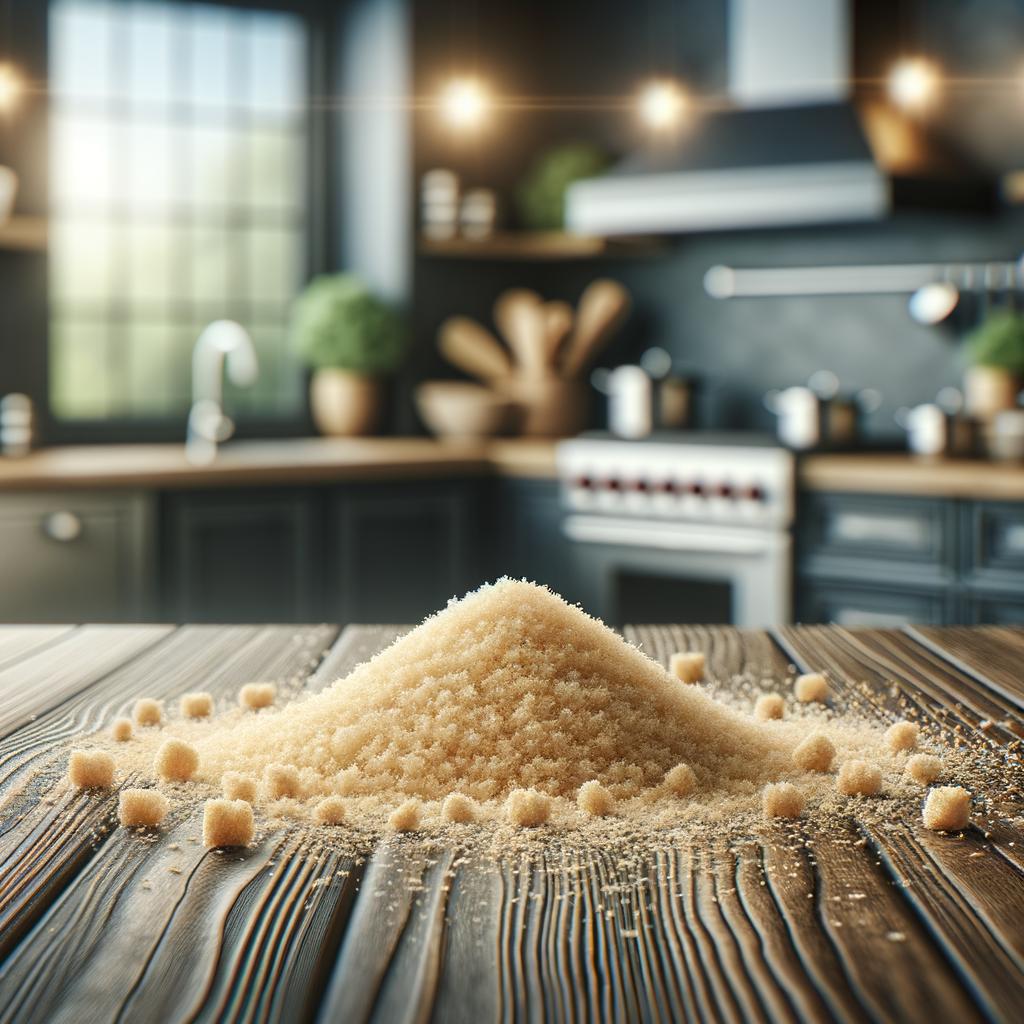Plain Breadcrumbs

Description
Plain breadcrumbs, simple yet indispensable, are an unsung hero in the culinary world. They are the result of crumbled, dried, leftover bread, typically of a white or wheat variety. Their appearance is akin to soft, sandy granules with a gentle golden hue. They possess a dry, crunchy texture, and their flavor is subtly toasty, adding a delightful crunch and body to any dish they grace. What sets breadcrumbs apart from similar ingredients like croutons or bread cubes is their versatility. They can seamlessly blend into a dish, providing texture without overwhelming the other flavors.
Primary Uses
Breadcrumbs are a culinary chameleon, fitting into a wide array of dishes across several cuisines. They are used as a binding agent in meatballs and meatloaf, a crispy coating for fried or baked foods like chicken cutlets or fish fillets, and a topping for casseroles and macaroni and cheese, adding a satisfying crunch. Breadcrumbs are also the secret behind the texture of many desserts like apple crumble. In non-culinary uses, they have been employed as a cheap and effective cleaning agent for delicate surfaces, demonstrating their versatility beyond the kitchen.
History
The use of breadcrumbs dates back to ancient times, with civilizations like the Romans utilizing them as a thickening agent for stews and broths. This humble ingredient has been a part of human culinary history, transcending cultures and continents. In the middle ages, breadcrumbs were used as a cheaper alternative to costly spices and ingredients, often used to thicken soups or fill pies. Over time, their use has evolved and expanded, and they have become an essential pantry staple. There's an old Italian saying, "Even the smallest crumb of bread is sacred," which beautifully captures the reverence for this humble ingredient.
Nutritional Information
Breadcrumbs, while humble in origin, pack a nutritional punch. They are a good source of dietary fiber, which aids in digestion, and provide a modest amount of protein. They also contain essential minerals like calcium and iron. However, it's worth noting that they are relatively high in carbohydrates and should be consumed in moderation, especially for those monitoring their carb intake. Compared to similar ingredients like croutons, breadcrumbs are lower in fat since they are typically not fried or tossed in oil. As always, the most nutritious option would be breadcrumbs made from whole-grain bread, which retains more of the original nutrients of the grain.

